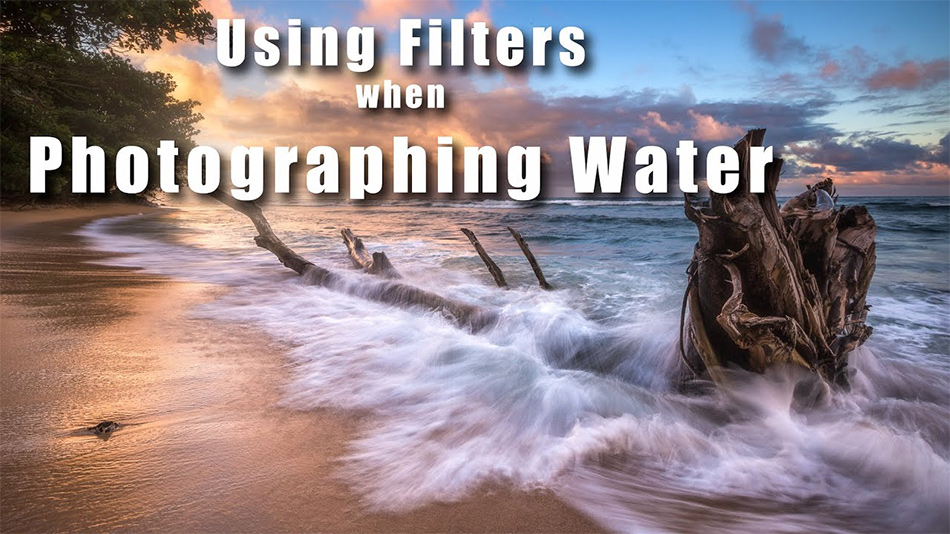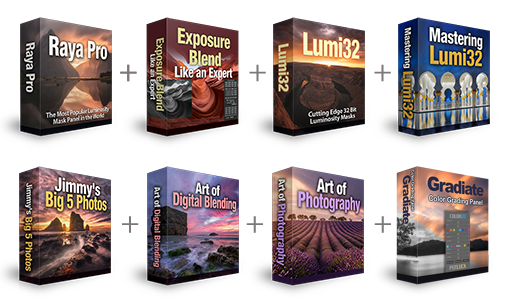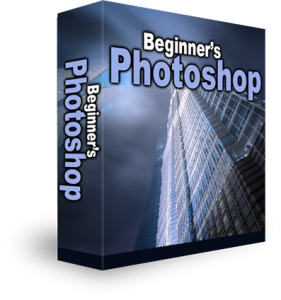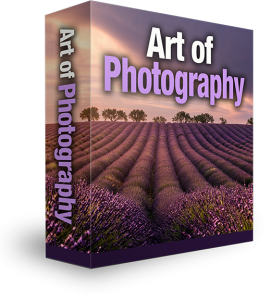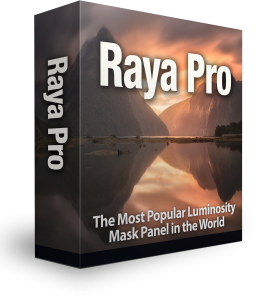Water – Shutter Speed and Filters
When shooting water, shutter speed and filters make all of the difference. Water is such a strong characteristic and powerful complement to any good image. It can capture the mood in ways that other elements are not able to. Water can also make or break an image. Getting the right shutter speed is paramount. A slow shutter speed will produce a soft creamy effect from the movement of the water. Whereas a fast shutter speed will freeze time in an instant, capturing details of waves and ripples.
Another factor to consider is the reflection, do we want it or not? I saw an image the other day of a really colourful cloud formation over the sea with a really strong reflection in the wet sand, it was stunning. Then again, I also love images where there’s little to no reflection, especially in the immediate foreground when we can clearly peer into an underwater world.
In this short video, Nick Page helps us to understand a bit more about the use of filters and various shutter speeds when photographing water.
Shutter Speed When Photographing Water
You must vary your shutter speed! This depends largely on the speed or flow of the water, and the effect you want to get from the water. In Aperture Priority mode, attaching an ND Filter, changing your Aperture, or changing the ISO will all alter shutter speeds. When you’re shooting through the day time, you might need to use a Neutral Density filter (ND filter) to get longer exposures because of the abundance of light. As Nick describes, ND Filters are like sunglasses for cameras. They reduce the amount of light that hits the camera sensor. This means the shutter is forced to stay open for longer to let enough light in. As well as restricting the amount of light that is let in through the lens, ND filters can also reveal some hidden colours and character.
I have three examples below all shot at f8, where I used ISO to change the shutter speed. The faster shutter speed on the left, the slower shutter speed in the centre, and on the right the same scene shot with a 10 stop ND filter attached and a really high ISO.

ISO 2500 – for 1/15 seconds 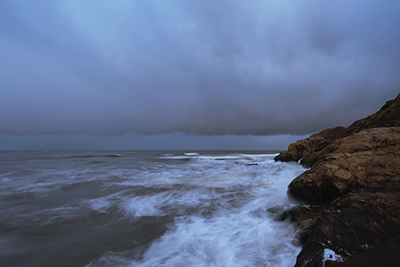
ISO 100 – for 1.6 seconds 
10 Stop ND Filter – ISO 4000 – for 20 seconds
Using Filters When Photographing Water
I would never usually shoot with such a high ISO as I have in the ND Filter image above. An alternative would have been to use a lower stop filter and reduce the ISO and thus, reduce the noise in the image. Or, if that is the sort of thing you go for, take multiple exposures and focus stack them to reduce the noise. This would create an extremely soft image. You can learn about focus stacking HERE.
An easy way to use ND filter is to set your camera to Aperture Priority mode. That way your camera will automatically adjust your shutter speed for you when you fit an ND filter. If you’re shooting in Manual mode attaching an ND filter the having to play with Aperture, ISO, and shutter speed can be cumbersome. To help, you might want to use a Long Exposure Calculator, you can usually get a free app for most smart devices to work out the shutter speed for you.
Another filter Nick talks about is a Polarising Filter. I’ll include links below this article which will explain in detail more about Polarizing Filters and Exposure Calculators.
Other Articles That Might Interest You
All the Ways a Polarizing Filter Can Enhance Your Photos
How to Calculate Long Exposure Time (Using Calculators, Templates & Apps)
My Top 3 Filters for Seascape Photography
Thank you for reading this article, be sure to sign up for our newsletter for more tutorials and great offers.
Enter your email below and join our community of more than 100,000 photographers who have
- Subscribed to our newsletter.
- Downloaded our FREE Photoshop Course.
- Use our FREE Easy panel in Photoshop.
